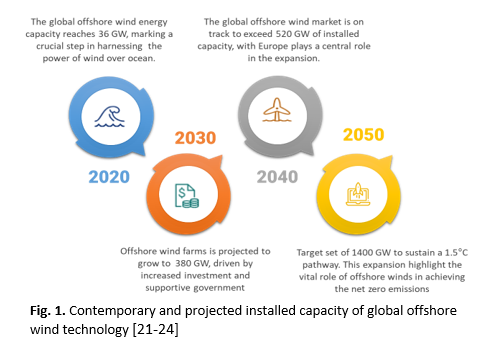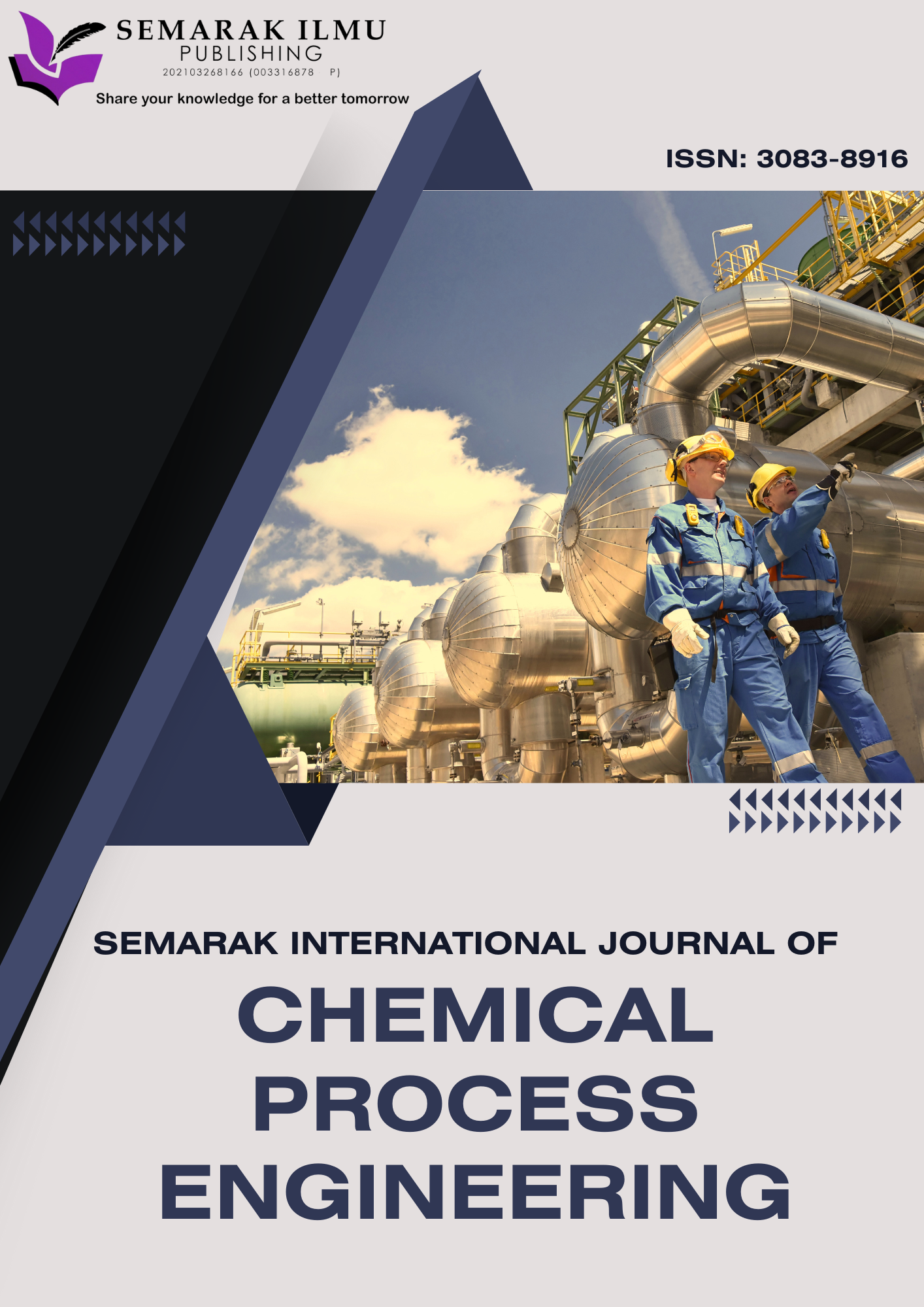Establishing True North for Decision-Making in Offshore Wind Technology: Insights from Global Implementation Experiences in Advanced Economies
DOI:
https://doi.org/10.37934/sijcpe.3.1.5270Keywords:
Wind offshore, SWOT, PESTELAbstract
Offshore wind technology emerges as a game-changer in the renewable energy sector, providing robust and sustainable solutions for renewable energy generation. While advanced economies have been extensively exploiting this technology, most of emerging markets or developing economies are still in their infancy stages of adoption. Present work provides insight into decision-making of offshore wind technology from global implementation using systematic analysis which is strength-weakness-opportunity-threat (SWOT) and political-economic-social-technological-environmental-legal (PESTEL). Key insights derived from successful implementations in advanced economies reveal that while sustainable growth, policies and strategic locations offer advantages, challenges persist in areas of high capital costs, conflicted policy frameworks, and unaligned legal structures. The interrelation between these factors creates a complex decision-making process that requires sensible and reliable choices, particularly concerning safety and social issues. While the outcomes of this study may help countries make quicker decisions on the implementation of offshore wind technology, tailored to their specific contexts and benefits, validation from experts and industry stakeholders remains essential. Additionally, adopting the proposed framework/guideline as a living document is necessary to ensure the information stays updated and adapts to evolving times and technological advancements.









